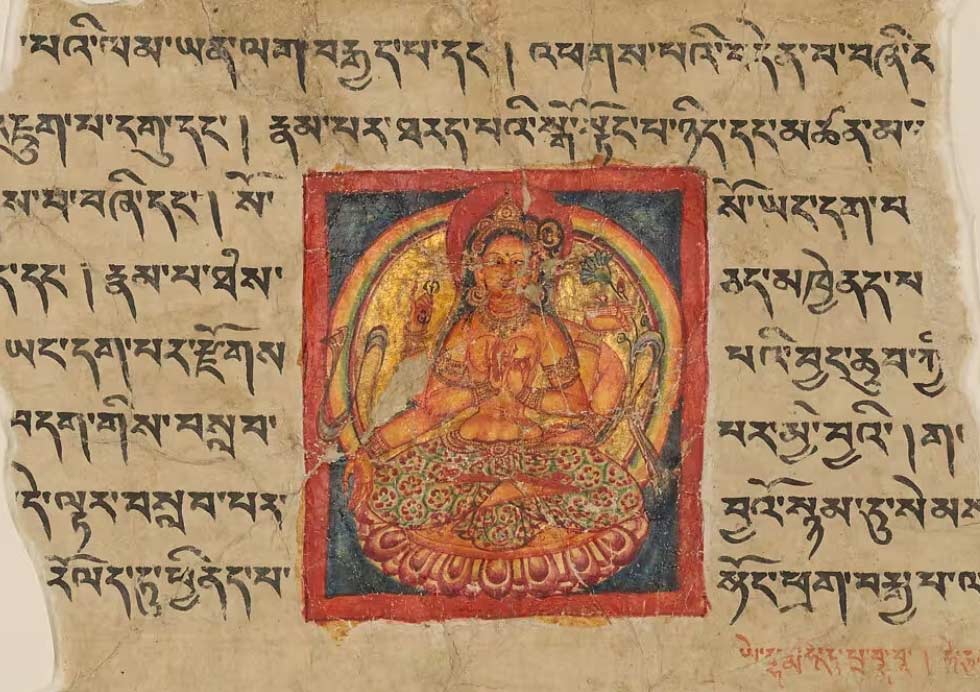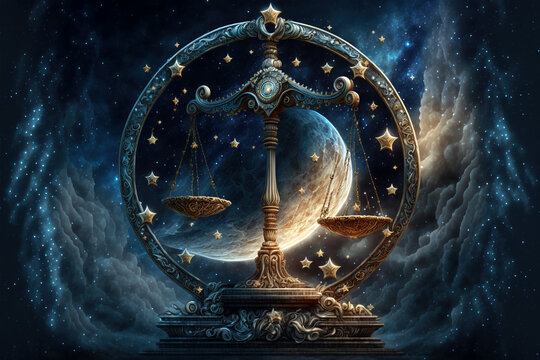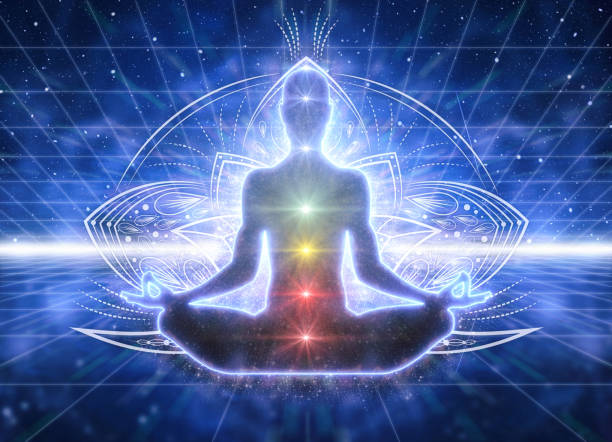The Legacy of Indian Calligraphy and Manuscript Art

Indian calligraphy and manuscript art are two of the most significant yet often overlooked cultural treasures of the subcontinent. They embody the intersection of artistic creativity, spirituality, and intellectual tradition, reflecting India’s rich history in written expression. From ancient Vedic texts to Mughal manuscripts, the legacy of Indian calligraphy and manuscript art continues to inspire and inform modern artistic practices.
The Origins of Indian Calligraphy
Indian calligraphy has a history that dates back thousands of years. While the art form itself evolved over time, its roots are found in the ancient scripts of India, including Brahmi, Devanagari, and Tamil. These early scripts were used to inscribe sacred texts, including Vedic hymns, religious doctrines, and royal edicts. Over the centuries, these scripts began to evolve into more intricate and decorative forms as scribes began to experiment with aesthetics alongside legibility.
In the early centuries, calligraphy in India was largely associated with the creation of religious texts, such as the Vedas, Upanishads, and Buddhist sutras. The preservation and dissemination of sacred knowledge were of utmost importance, and the art of calligraphy was seen as a divine practice, often linked to meditation and devotion.
Manuscript Art and Illumination
Indian manuscript art reached its peak during the medieval period, especially under the patronage of various royal courts. Manuscripts were typically written on materials like palm leaves, handmade paper, and birch bark. These texts, often religious in nature, were beautifully illuminated with intricate drawings, borders, and depictions of deities or historical figures.
The Mughal era is perhaps the most famous period for manuscript art. Royal scribes and artists worked in tandem to produce some of the most exquisite illustrated manuscripts, combining calligraphy with vibrant miniatures. The Akbar Nama, a history of Emperor Akbar’s reign, is a prime example of this period’s mastery in manuscript art. These manuscripts were not only historical records but also works of art in their own right, blending the intellectual with the aesthetic.
Script and Style Variations
Indian calligraphy and manuscript art are characterized by regional diversity, with distinct scripts emerging in different parts of the country. For example, in the south, the Tamil and Grantha scripts were used in religious and royal manuscripts, while the Devanagari script became prominent in the north, especially in the transcription of Sanskrit texts.
The Persian script also had a profound influence during the Mughal era, especially in the royal courts where Persian was the language of administration. The blend of Persian and local Indian scripts gave rise to beautiful calligraphic styles that are still admired for their grace and sophistication.
The Role of Calligraphy in Spirituality
In India, calligraphy has a close relationship with spirituality. The act of writing was often considered a sacred endeavor. This was especially true in the case of religious manuscripts, where the scribe’s role was seen as a spiritual service. Writing texts like the Bhagavad Gita, Ramayana, or the Qur’an was believed to bring the writer closer to divine grace.
The practice of writing sacred mantras, prayers, or verses from religious texts was considered a meditative act that could purify the mind and spirit. Calligraphy was not just a tool for communication but a way to connect with the divine. In fact, in many cultures, including India, the written word itself was seen as imbued with spiritual power.
Revival and Contemporary Influence
Despite the rise of modern printing techniques, Indian calligraphy and manuscript art continue to inspire contemporary artists. Many artists today are reviving traditional styles, experimenting with calligraphy as a form of abstract art. Modern calligraphers often combine ancient scripts with new techniques to create a fusion of the old and new, keeping the tradition alive while making it relevant to the contemporary world.
In addition, the digital age has opened new possibilities for the preservation and dissemination of these art forms. Many manuscript collections are now digitized, making them accessible to a global audience. This ensures that the legacy of Indian calligraphy and manuscript art is preserved for future generations.
Conclusion
Indian calligraphy and manuscript art stand as pillars of India’s rich cultural and spiritual heritage. Through the centuries, these art forms have not only preserved sacred and historical knowledge but have also flourished as works of art. Whether through the intricate scripts of ancient texts or the detailed illuminations of royal manuscripts, the legacy of Indian calligraphy and manuscript art continues to be a testament to India’s deep connection to beauty, knowledge, and spirituality.
Lessons:
- Indian calligraphy and manuscript art have a long and rich history, deeply tied to religious and intellectual traditions.
- The Mughal era, in particular, saw a golden age of manuscript art, blending Persian and local Indian calligraphy.
- Calligraphy in India is considered a sacred practice, often intertwined with spirituality and devotion.
- Regional variations in scripts and styles showcase India’s cultural diversity in written expression.
- Indian manuscript art continues to influence modern artists, blending traditional techniques with contemporary creativity.










